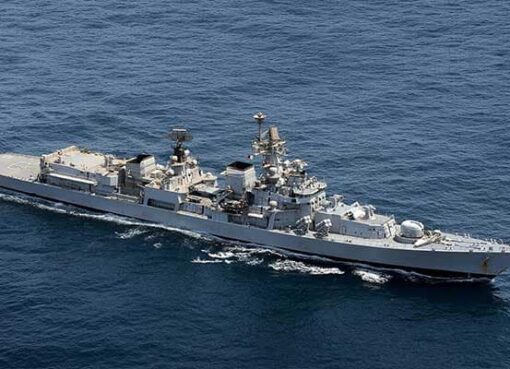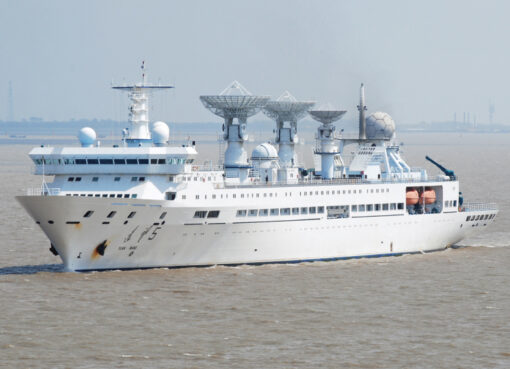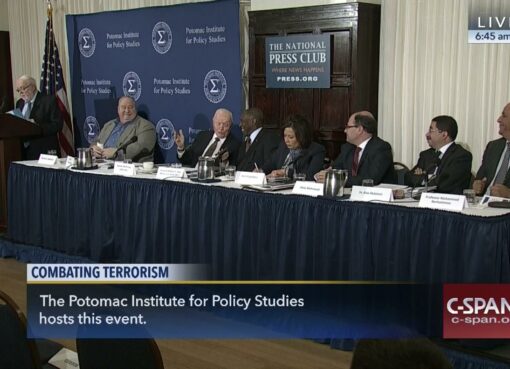Recent seizures by the Combined Maritime Forces (CMF) and Indian security forces reveal booming narcotic trade from Afghanistan, controlled by the Taliban and its Pakistani handlers. The CMF figures show a four-fold increase in the drug trade through the Indian ocean last year compared to its previous year. It is estimated to further double up this year, if the seizures in the last six months are any indication.
Naval ships of the CMF’s Combined Task Force 150 (CTF 150) seized and destroyed over 1500 kgs of Heroin and 45000 kgs of Hashish in the year 2018 from the northern Arabian sea and the Gulf of Oman which is worth over half a million to over a billion US dollars depending on the markets. This is a four-fold increase from the previous year.
The Indian coast guard too had an occasional success in intercepting the Pakistani dhows carrying the contraband. They seized 1500 kgs of heroin valued at over Rs. 3500 crores (US $ 500 million) off the Gujarat coast in the year 2017. Another Pakistani boat was earlier blown up by the crew themselves to avoid capture by the approaching Indian ships. During the first six months of this year, the CTF 150 frigates have already picked up and destroyed about 2000 kgs of Heroin and 40,000 kgs of Hashish from the dhows in the northern Arabian sea.
CTF 150 is a multi-national task force consisting of warships from CMF member nations which come together to help maintain maritime security. Its Area of Operation includes some of the world’s busiest shipping lanes and spans over two million square miles, covering the Red Sea, Gulf of Aden, Gulf of Oman and the Indian Ocean. The command goal of the group is to disrupt the sources of funding for terrorism and deny the narcotics trade in the region. The high-sea seizures establish that the maritime route through the Indian ocean is the most flourishing channel of distribution of illegal narcotic drugs by Af-Pak cartels. The contraband is transported through land routes as well across the border into India and to the Central Asian Republics through Tajikistan.
But the seas across coasts of Pakistan, India, the Gulf and east Africa offer easier access from all sides for international cartels. Traditional small boats, locally known as the dhows, ply in large numbers carrying small cargo like cement, jute, fruits etc., between small harbours lining these coasts. They offer excellent mode of transport to courier the narcotic drugs. The boats travel mid-sea to avoid being intercepted by national coast guard forces.
They are directed to their destinations through GPS by controllers operating from Bangkok. The contraband is picked up from these destinations by other boats to their next delivery points. Although pick up boats come mainly from Southeast Asia, some come from Sri Lanka and other countries as well.
As the US pressure is easing, the Taliban and its Pakistani masters have re-established factories in the border areas controlled by the Islamist group, producing more valuable heroin. The contraband is transported through couriers to various small harbours on the Pakistani coast including Karachi, Keti Bandar and now Gwadar as well, where the drugs are loaded into fishing trawlers and small dhows. As the remuneration is high, some of the dhow owners risk their lives to serve as couriers for transport of narcotics.
Despite large number of seizures of the boats carrying the contraband, the CTF 150 recoveries look like just the tip of the iceberg. The narcotic traffic is continuing unabated. Huge quantities of the drugs may still be finding their way undetected by international forces. Vast margins and increased production make the losses on the high-sea acceptable. Revenues from narcotic trade are the main source of funding for terrorist activities of the Taliban and its allied groups. Narcotic drug supplies to Indian market are mainly routed through land, bordering Punjab and to a lesser extent through the sea. Last week’s seizure of 150 kgs of heroin worth over Rs. 600 crores (US $ 90 million) on Amritsar-Delhi route exposed the exploitation of the Afghan spice and condiment trade to India by the Taliban-Pak cartels.
Once part of the drug transit route, Punjab state in India has now become a major consumer of the opioids. Over 300 kgs of heroin was seized in the state in the year 2018. In just two months this year, March-April, during the recent parliamentary elections, police seized narcotics worth over Rs. 200 crores (US $ 30 million).
The US and European countries are the most affected by the illegal narcotic trade emanating from Afghanistan. The Soviet defeat was partly attributed to drug addiction of its soldiers. Russia has not recovered since then and continues to be one of the destinations of this drug trade. Can the Trump administration, which is in a hurry to leave Afghanistan, muster enough strength to make the issue of production of narcotic drugs and their illegal trade a part of the talks with the Taliban to find a solution to this international problem? There is no such hope. (Prasad Nallapati is the President of the Hyderabad-based think tank, the Centre for Asia-Africa Policy Research and former Additional Secretary to the Govt of India)




